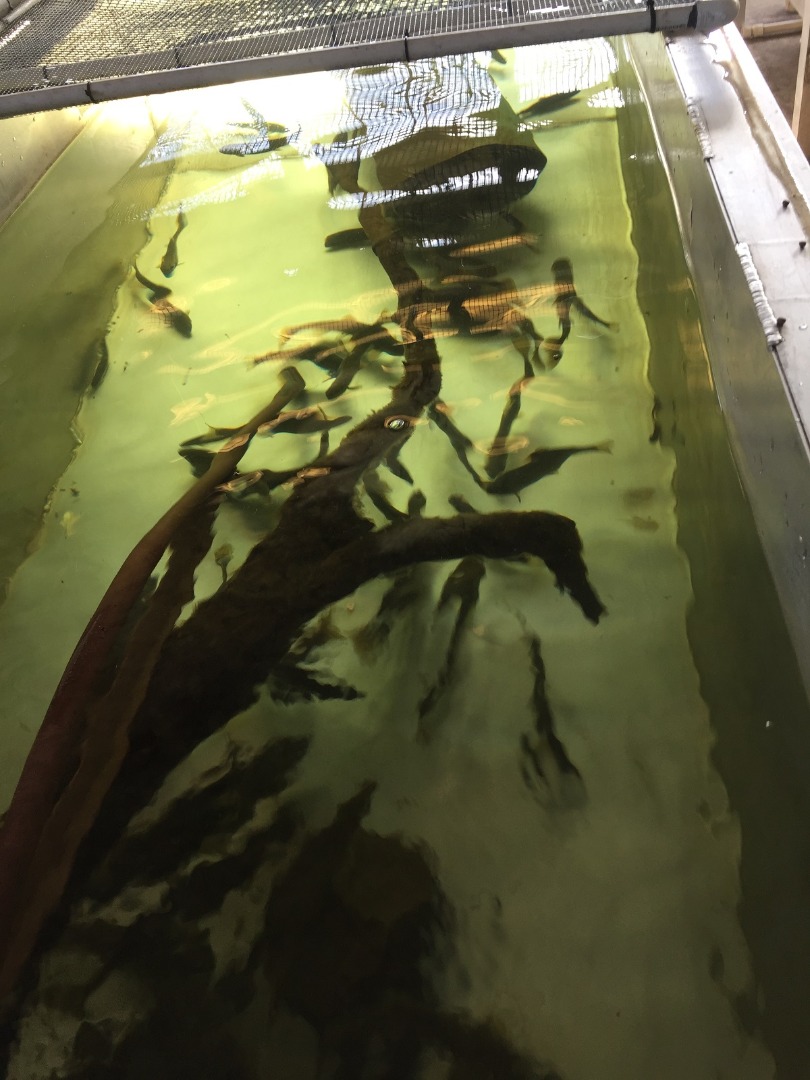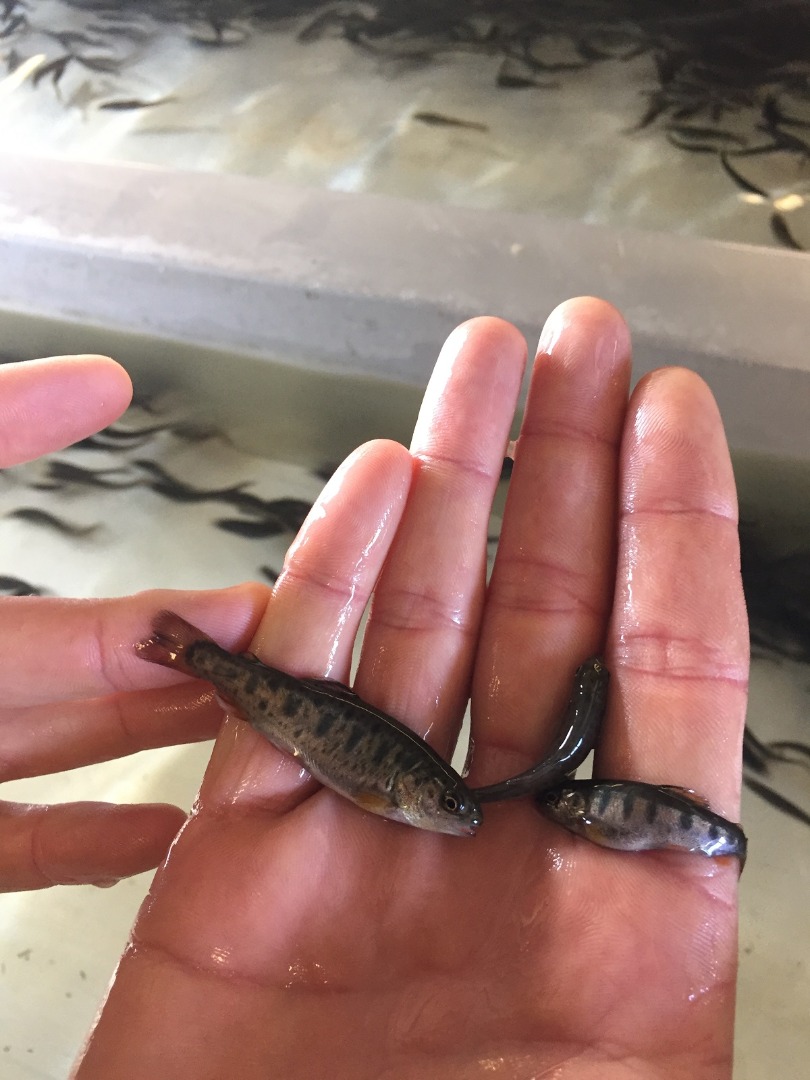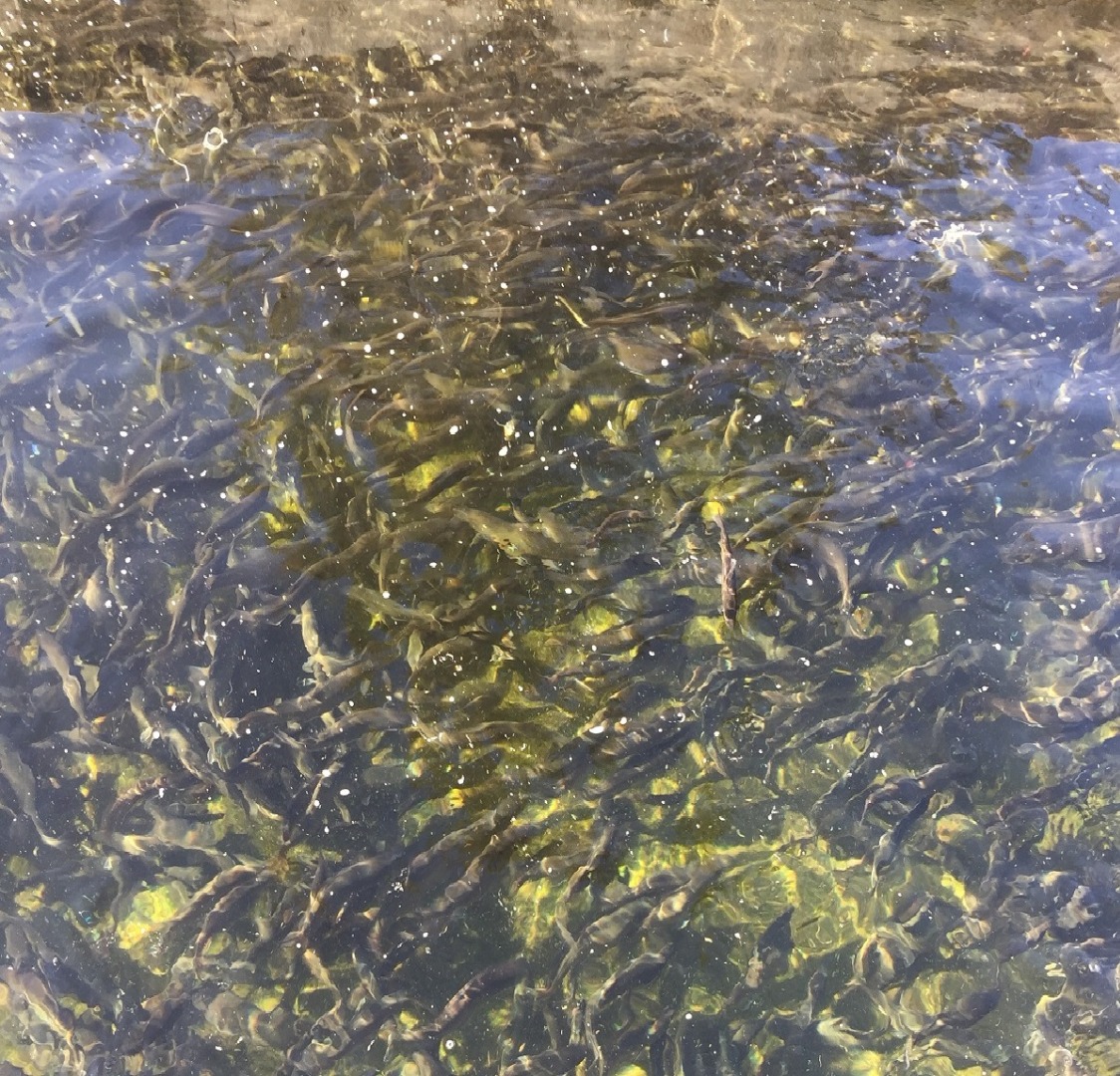Moccasin Creek Fish Report for 2-14-2018
Fish Tales with Justin Kroeze
Moccasin Creek - Moccasin, CA (Tuolumne County)
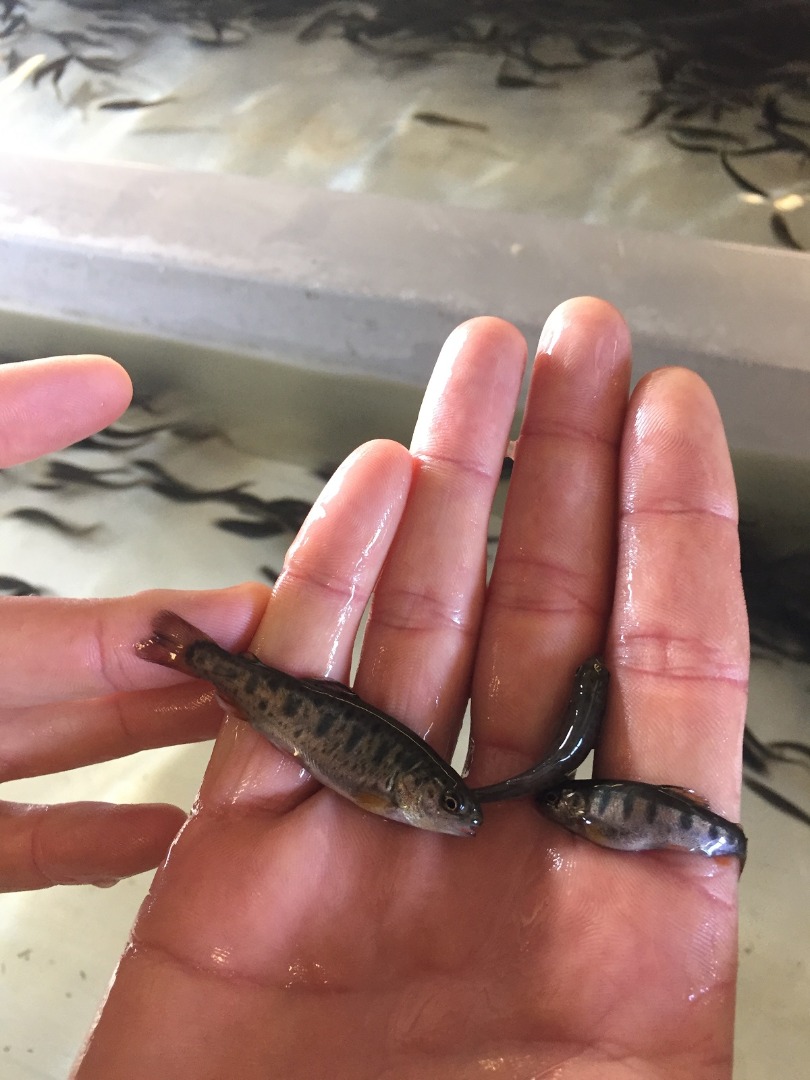
by Phil "Flip" Akers
2-14-2018
Website
I recently spent a morning with Justin Kroeze, Hatchery Manager II at the Moccasin Creek Fish Hatchery. Established in 1954, and one of 13 trout hatcheries managed by California Department of Fish and Wildlife (CDFW), this is a designated hatchery for Region 4, and depending on the State’s budget, produces between 200,000 and 500,000 pounds of trout yearly.
Please join me on a visit with Justin.
Flip: So, you have to admit, many folks believe you have a dream job. What inspired you to choose such a cool career path? What education, skill sets, and qualifications does it take to pursue a job rearing trout?
Justin: I was spawned here. This is in my family – my stepfather was hatchery manager – knowledge and skills handed down generations...it’s all I’ve ever done. Generally speaking, this is an experienced-based career. A high school education is all that’s required, although a college degree certainly doesn't hurt. There are also Fish Culture classes, but most folks have come up through it.
Advantages can be gained by participating in seasonal aide programs, and one starts by taking the exam for DFW Fish and Wildlife Technician. The State hires based on the performance of these tests, plus any experience the candidate possesses. Once a DFW Fish and Wildlife Technician, the next step is Fish Habitat Assistant, then Hatchery Manager I, Hatchery Manager II, and finally Senior Hatchery Supervisor, who oversees operations of all hatcheries in the region.
Flip: Do you fish? If so, what's your favorite fish?
Justin: Yeah, I fish a fair share, and make sure to take the kids fishing a few times each year, but my passion is hunting. My favorite fish is rock fish, because I love getting out there in my kayak.
Flip: Hetch Hetchy supplies the water for Moccasin Creek Fish Hatchery. That’s some high quality water right there! Undoubtedly, there’s tremendous benefit to this, correct?
Justin: Yes. Water quality is paramount. And Hetch Hetchy water originates from the glacial and snowmelt waters of Yosemite’s high country. From Hetch Hetchy Reservoir, the water is fed by gravity through roughly 20 miles of tunnel to the hatchery here at Moccasin Creek. The water is as pure as you'll find, but soft, with little mineral content. We have to keep a close eye on the pH.
The temperature can vary from 44-55°F, and the normal flow rate received by the hatchery is 30cfs. Careful plans have to be made for Hetch Hetchy maintenance shutdowns, when the hatchery operates on a 3cfs trickle, utilizing a water reuse system funded by Hetch Hetchy to maintain operations.
Flip: What species of trout are hatched and reared here?
Justin: Walking the ponds and hatchery building, you'll currently find rainbow trout, brown trout, golden trout, brook trout, and cutthroat trout. In the show pond you’ll also see albino trout. On occasion, we have also reared Eagle Lake trout.
Flip: Being an avid backpacker, I'm interested in the goldens. Where do their eggs originate from, and are they pure-strain? I assume these trout are air-dropped as fingerlings into high country lakes?
Justin: The goldens are from Cottonwood Lakes, in the southern Sierra. The Cottonwood Lakes trout have been suspected of being compromised by non-natives. There’s a program to re-introduce pure-strain goldens from a Wyoming hatchery. As part of the captive broodstock golden trout program, both broodstock goldens (adults kept at the hatchery for egg collection) are reared here along with goldens destined to be air-dropped as fingerlings into high country lakes.
Flip: Let's talk planting. Aside from the fingerling planters, which are "put-and-grow" trout, what's the mortality rate of "put-and-take" trout? I know from past research that stress is a trout killer. What level of stress or shock do these fish endure when being removed from a controlled environment and placed in an uncontrolled, wild environment, where the water temperature can be several degrees warmer with less oxygen? How are the trout transported and what precautions are taken to lessen stress? Do any survive to reach holdover stage or live a full life?
Justin: Good question. Our planting trucks are equipped with a system to provide oxygen and circulation. The trout are also iced down during transport. When planted into a lake, especially a lower elevation lake where the water temperature is much warmer than the hatchery and truck, the trout dissipate quickly, likely in search of deeper, cooler water. When released into water relatively the same temperature as the truck, the trout meander closer to shore, near where they were planted. This is a greater risk for the trout to be picked off by birds, bass, and other predators, as well as tempting anglers to take over limits. At places like Del Valle Reservoir, the birds recognize the planter truck and advertise to all their buddies. So, it’s nicer to see the trout immediately scatter. Nothing scientifically proven, but it’s a hunch that the return to angler is higher when trout are planted into a somewhat different water temperature.
It’s uncertain how many trout survive to full life. With put-and-take trout, there’s no intention for the trout to survive long term. The intention is for them to be caught by anglers. “Return to angler” is a term used to gauge hatchery success rate, not only planting, but trout rearing in general.
Flip: What do you feed the trout? Do you supplement their diet with anything such as krill?
Justin: The trout receive food that primarily consists of fish meal and fish oil. Their diet is not supplemented with anything else. The food is the Rangen brand, from Buhl, ID. Rangen has been in the business of producing trout diets for over 60 years and there are specific formulations for different development stages and conditions. There’s even a medicated formula if needed.
Flip: I'm surprised to see brook trout larger than fingerlings. It's challenging for other trout to coexist with these aggressive bullies who can out eat and out breed them. Why do you raise brook trout? High country lakes and streams?
Justin: Brook trout are no longer planted in most high country lakes. We only plant them in waters that have an outbreak of the copepod parasite. Have you heard of copepods, that crustacean parasite that attach to trout and lay eggs? Brook trout are a biological parasite controller – a swimming bio-filter. Brook trout are not susceptible to copepods and actually filter them out of the water and break the life cycle of the parasite. While copepods are not a problem to trout in the wild, they pose a huge problem if allowed to infest trout in a hatchery. Copepods can get out of control in a hatchery, weakening trout, making them more susceptible to diseases...can kill them in extreme cases. Introducing brook trout can greatly reduce (even eliminate) infestation. Although copepods are not harmful to humans (you can safely eat a trout with copepods) it's ugly…nobody wants to see this…it’s a turnoff.
Flip: Speaking of ugly, why are some planted trout butt ugly? Some are dull-colored, with stunted fins, rounded tails, and insipid meat, while others (like Moccasin Creek trout) are gorgeous, displaying vivid colors...full finned, square tailed, with tasty pink or orange meat? Some planted trout are far better table fare than others, and some freshly planted trout are hard to differentiate from wild trout. Scuttlebutt is, concrete ponds and raceways are responsible for the beat up, ugly appearance, and diet is the cause of the spiritless meat. Is any of this true?
Justin: Well, first off, thanks for the complement on Moccasin Creek trout. We love to hear that. In some cases, these trout can be difficult to distinguish from wild trout. It’s usually a few things, not just one single factor. Water quality and temperature is certainly paramount. As discussed, we are fortunate to receive Hetch Hetchy water. But genetics perhaps plays the largest role. Some trout simply have better genes than others. Good or bad, the strains are consistent, and the inferior ones are not only ugly, but more susceptible to disease.
The only way trout can develop dull fins and round tails from concrete ponds and raceways, would be if they were far overcrowded, which should never happen. It’s most likely caused by water quality, genetics, or both.
Flip: Many anglers believe browns are no longer being planted in California. We read this all over fishing forums and various articles. Some resorts, lodges, bait shops, and trout outfitters are promoting catch-and-release of brown trout because they claim browns are no longer being planted. I know this isn’t true, there's plenty of browns out there for folks to catch, but it circulates. Where are the Moccasin Creek brown trout planted?
Justin: Moccasin Creek sub-catchable brown trout are planted in Lake New Melones, Lake Don Pedro, Tulloch Lake, and Beardsley.
Flip: Moccasin Creek hosts Trout Fest every April. What exactly is this?
Justin: This is a family orientated event, a lot of fun for the kids. All of the activities are free. Kids 15 and under can catch a fish. All gear is provided too. Activities include: trout touch pool, feeding the fish, spin and fly casting instruction, aquarium, CDFW displays, face painting, river maze, trout cleaning, dissection, and fly tying. There's also a tasting booth where trout is prepared a variety of ways. Many taste trout for the first time. They're surprised at how good it tastes. While many volunteers return each year – it's a rewarding experience – we always welcome anyone who is interested. Please contact us if you would like to be involved.
Flip: What's the most gratifying part of your job?
Justin: Watching a kid catch their first fish...that look...that reaction.
Flip: Thus far, what’s the most epic project you've worked on?
Justin: I was lucky enough to be on a team to backpack into the remote backcountry to perform a fish count of the Kern River rainbow. One of California's heritage trout, in its native range, the Kern River rainbow has faced many challenges, primarily being compromised by non-native strains. Before removal of any trout for a captive brood program, the first step of the project is analyzing data from fish counts. Again, I was lucky to be there. Depending on the results of the fish count, and although I realize the commitment, I hope to be part of the team who backpacks in to collect the trout.
Flip: As we walk around the concrete ponds, admiring the fruits of Moccasin Hatchery labor, why do some trout congregate when we walk up, while other trout scatter?
Justin: The brook trout always scatter. With the rainbows, apparently there’s safety in numbers. When schooled in large numbers, they follow us, thinking they’re going to receive food I suppose. But when rainbows become isolated, like escaping into an area they’re not supposed to be – say an inlet or tailrace – they're skittish, dart for cover, and are very hard to corral and catch.
Flip: Right on with the right on, Justin, it was a pleasure speaking with you and thanks for your time. Please continue the good work providing quality trout for us California anglers. It's refreshing to see where our fishing fees go. You and your staff truly have a cool job!
As Justin and I was visiting out by the concrete ponds, one of the Technicians passes by, feeding the trout from a mobile food dispenser. The hopper on this feeding cart – that shoots the food into the ponds – is powered by a small Honda motor. It makes a very distinct puttering sound. Justin seemed somewhat puzzled that I was laughing. So I asked if he'd heard about certain thoughtful anglers, who've been known to haul lawn mowers down to the shoreline...near the Don Pedro launch ramp where the trout are planted. The trout think the lawn mower is the feed hopper, and, like Pavlov's dog, it triggers a feeding frenzy. They're easier to catch.
Justin: No, I’ve never heard that one. That’s a fish tale right there.
[Editor's Note: MyOutdoorBuddy.com is proud to present "Fish Tales with Justin Kroeze," the first in a series of "Fish Tales" by author Phil "Flip" Akers. We'll be hearing from other hatcheries, biologists, game wardens, guide services, tackle manufacturers and more as Akers probes and presents the truths, misconceptions and information from leaders immersed in the world of outdoor industry and adventure.]
Phil "Flip" Akers is a diverse angler and outdoor adventurer. For over 25 years he has backpacked, packed llamas and fly-fished the Sierra Nevada and Cascade mountain ranges, venturing into the farthest reaches of our wilderness areas pursuing quality trout and solitude. He enjoys sharing his experiences including tips, techniques, outdoor cooking recipes, and storytelling. He is certified in wilderness first response and rescue including swiftwater rescue, technical rope and technical animal rescue. Phil Akers can be reached at [email protected].
Photos
More Reports
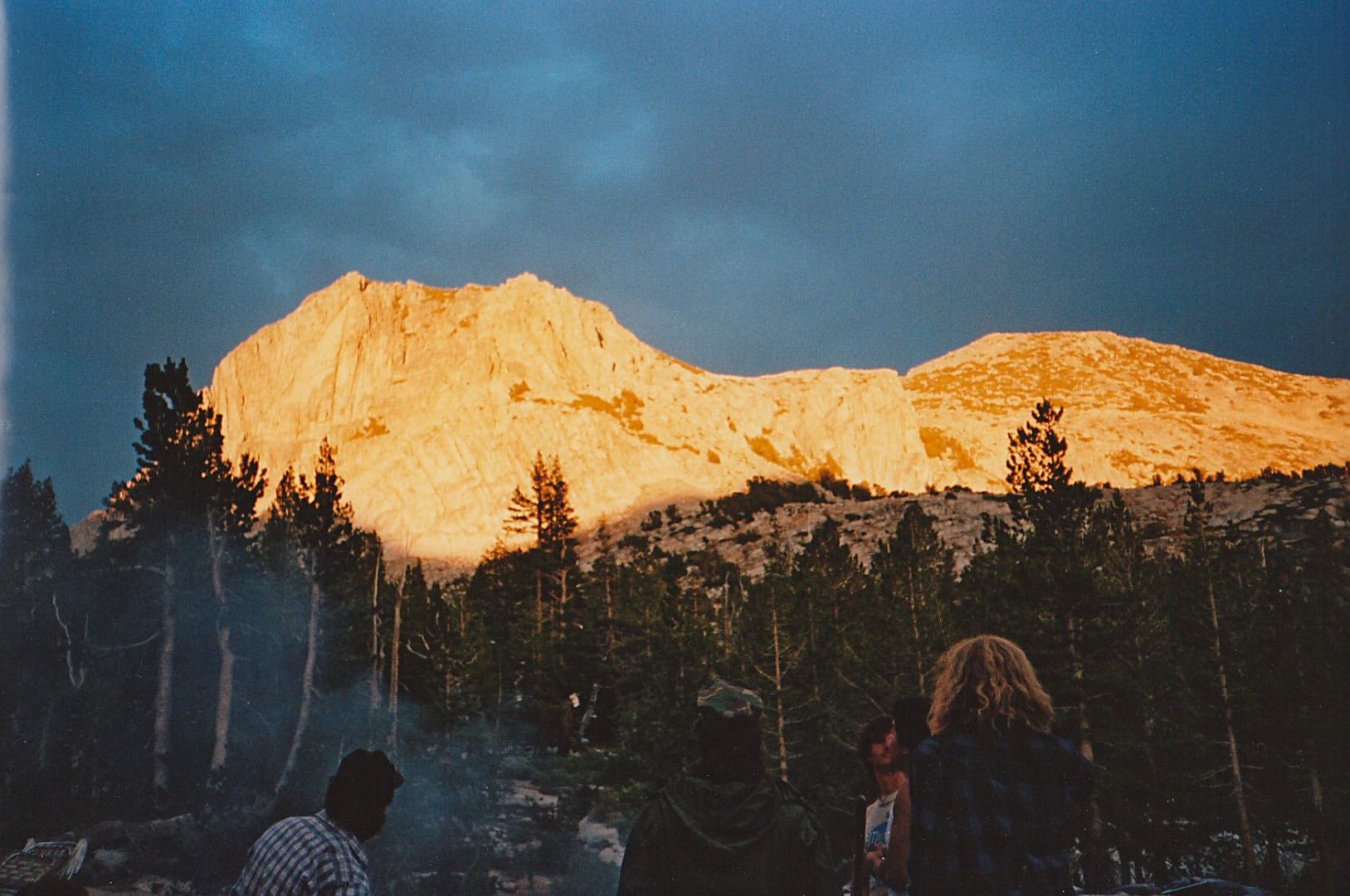
2-12-2018
If you are between the ages of 18 and 25 and think you might enjoy an entire summer of living...... Read More
Incident At Shasta Lake
Shasta Lake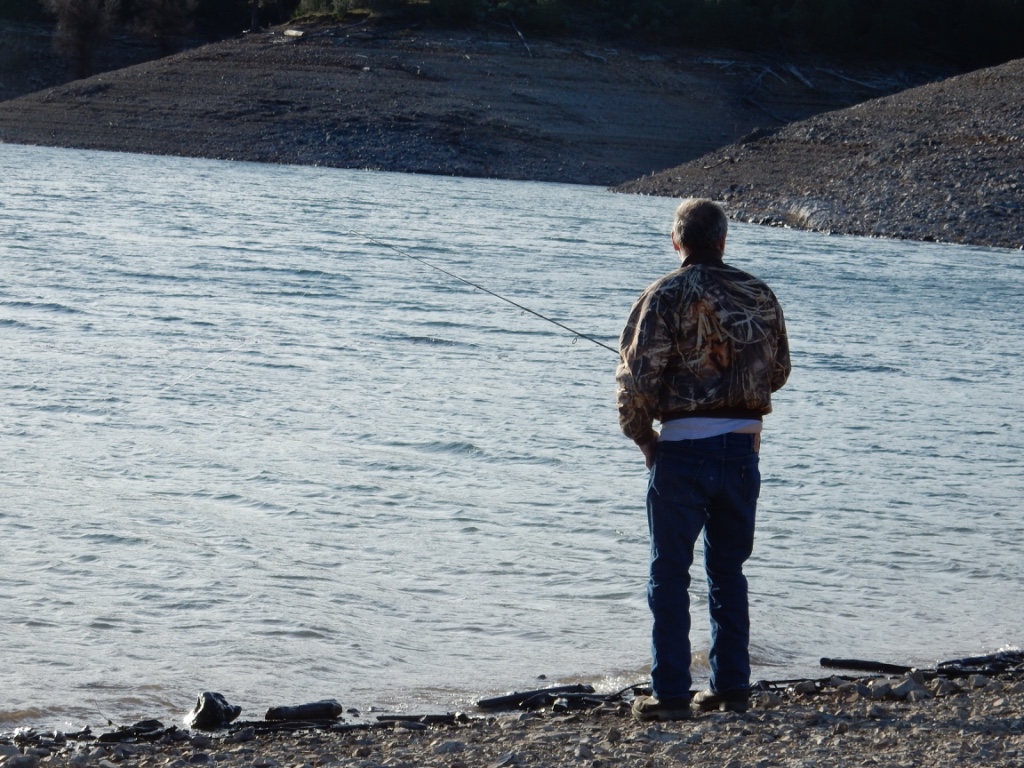
2-9-2018
In case you haven’t noticed, the weather lately has been way too good to keep us inside for any length...... Read More

Website Hosting and Design provided by TECK.net


